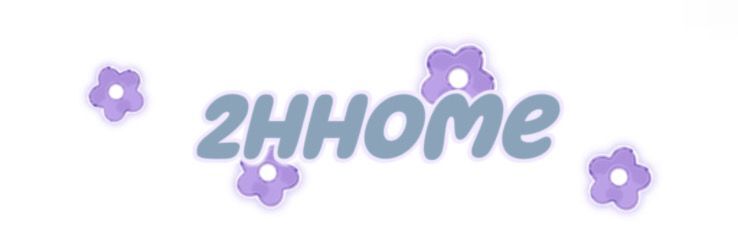7 Essential Facts You Need to Know About Tie Rod Ends
Aug. 21, 2025
1. What Are Tie Rod Ends?
Before delving into the essential facts about tie rod ends, it's crucial to understand what they are. Tie rod ends are critical components in a vehicle's steering system, connecting the steering rack to the steering knuckle. They help in translating the movement of your steering wheel into the directional control of your vehicle. According to automotive expert and influencer @YourMechanic, "Tie rod ends are often overlooked but play a vital role in ensuring smooth and safe vehicle handling."
If you want to learn more, please visit our website tie rod end.
2. Common Signs of Wear
Being aware of the signs of wear can prevent further damage and costly repairs. Here are some indicators that your tie rod ends may be failing:
| Sign | Description |
|---|---|
| Steering Wheel Vibration | Excessive vibration can indicate loose or worn tie rod ends. |
| Uneven Tire Wear | Abnormal tread wear patterns may signal alignment issues related to tie rod ends. |
| Loose Steering | Feeling a lack of responsiveness can point towards failing tie rod ends. |
3. Importance of Regular Inspection
According to Car and Driver, regular vehicle inspections can help catch issues with tie rod ends early. Neglecting to check them can lead to dangerous situations while driving. It's recommended to have a professional mechanic inspect the entire steering system, including tie rod ends, at least once a year.
4. Factors Influencing Lifespan
Several factors can affect the longevity of tie rod ends:
With competitive price and timely delivery, Zegao Machinery sincerely hope to be your supplier and partner.
- Driving Habits: Aggressive driving or frequent off-roading can increase wear.
- Quality of Roads: Poor road conditions can contribute to faster degradation.
- Vehicle Maintenance: Regular alignment checks and suspension system maintenance can prolong their lifespan.
5. Types of Tie Rod Ends
There are various types of tie rod ends, each designed for specific applications. Understanding these can help you make informed choices when replacing them:
| Type | Description |
|---|---|
| Outer Tie Rod Ends | Connect directly to the steering knuckle and are most susceptible to wear. |
| Inner Tie Rod Ends | Connect to the steering rack and are less prone to wear but still require inspection. |
| Adjustable Tie Rod Ends | Provide adjustability for fine-tuning alignment settings. |
6. Replacement Considerations
When deciding to replace your tie rod ends, consider the following:
- OEM vs Aftermarket: Influencer @CarFix suggests that choosing OEM parts can ensure compatibility, though quality aftermarket options can also perform well.
- Professional Assistance: It’s best to have a professional handle replacements unless you’re an experienced DIYer.
- Alignment: Always have your vehicle’s alignment checked and adjusted after replacing tie rod ends.
7. Educational Resources and Further Reading
Informative resources can help you gain deeper insights into tie rod ends and their importance:
- AutoZone: How to Replace Tie Rod Ends – A comprehensive guide for DIY enthusiasts.
- Car and Driver: Tie Rod End Failure Symptoms – Detailed explanations of signs and troubleshooting tips.
- Popular Mechanics: How to Replace Tie Rod Ends – Step-by-step instructions that incorporate expert advice.
In conclusion, understanding the importance of tie rod ends, their signs of wear, and knowing when to replace them can ensure the safety and performance of your vehicle. Always seek credible advice and resources when maintaining your automobile.
If you want to learn more, please visit our website Zegao Machinery.
131
0
0


Comments
All Comments (0)